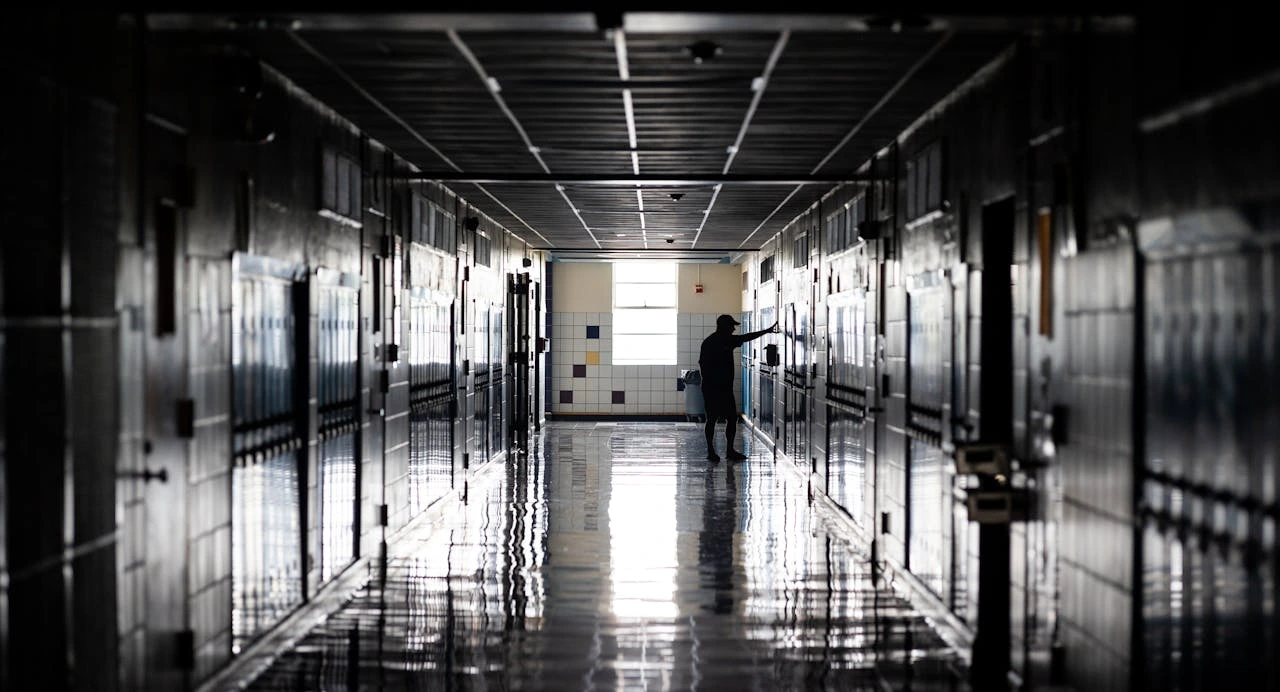Life is a bit like an iceberg: what you see up top (tuition) is just a fraction of what you're really signing up for. During sem break, parents often take stock—how much did we really spend last year, and what will we need next? With private schools continuing to command strong demand, families must brace for an increasingly steep financial climb in 2025.
In this article, we’ll peel back the layers and show the often unseen costs of private schooling in the Philippines today—and how parents can (and should) plan ahead. That may mean exploring SSS educational loans, considering a personal loan to cover tuition gaps, or even responsibly using a credit card with installment plans to manage school-related expenses without derailing the household budget.

Why Private Schools Are Still a Top Pick (Despite the Price Tag)
For many Filipino parents, private schools still offer a sense of stability and promise:
- Perceived quality & discipline: Smaller class sizes, more rigorous curriculum, and stronger enforcement of rules make private schools attractive.
- Facilities & programs: Science labs, technology integration, international programs, arts, sports — many believe private schools can offer more.
- Networking and prestige: There’s a social capital aspect: sending a child to a known “good” school can open doors.
- Consistency: Parents often worry about overcrowding, shifting policies, and changing teacher quality in public schools.
Yet all of that comes at a price, and that price is rising. In 2025, many private schools are proposing tuition hikes in the range of 3–12 % to keep up with inflation, increased utility, and personnel costs. (oed.com.ph)
Some private schools have already announced they will be adjusting fees upward for SY 2025–2026. (philstar.com)

Tuition Fees in 2025
Before you get sticker shock, let’s break it down piece by piece.
Metro Manila vs Outside NCR
Tuition at private schools varies widely depending on prestige, location, and facilities. Here’s a rough breakdown:
A few caveats:
- Schools must comply with DepEd regulations when increasing fees. Any private school wishing to revise its tuition or fees must file an application and obtain approval from the relevant regional director. (depeddasma.edu.ph)
- Some schools may delay announcing increases until closer to enrollment season, which can catch parents off guard.
What’s Driving the Increases
- Personnel costs: Teachers and staff are demanding raises to keep up with inflation.
- Utilities and maintenance: Rising electricity, water, fuel, and general maintenance costs affect overhead.
- Technology and infrastructure: Schools are investing more in digital learning tools, campus expansions, lab equipment, and hybrid setups.
- Inflation ripple effects: Everything from cleaning supplies to administrative expenses goes up, and schools pass a share to parents.
Because of these pressures, many schools feel forced to adjust tuition upward—even amid public objections. (philstar.com)
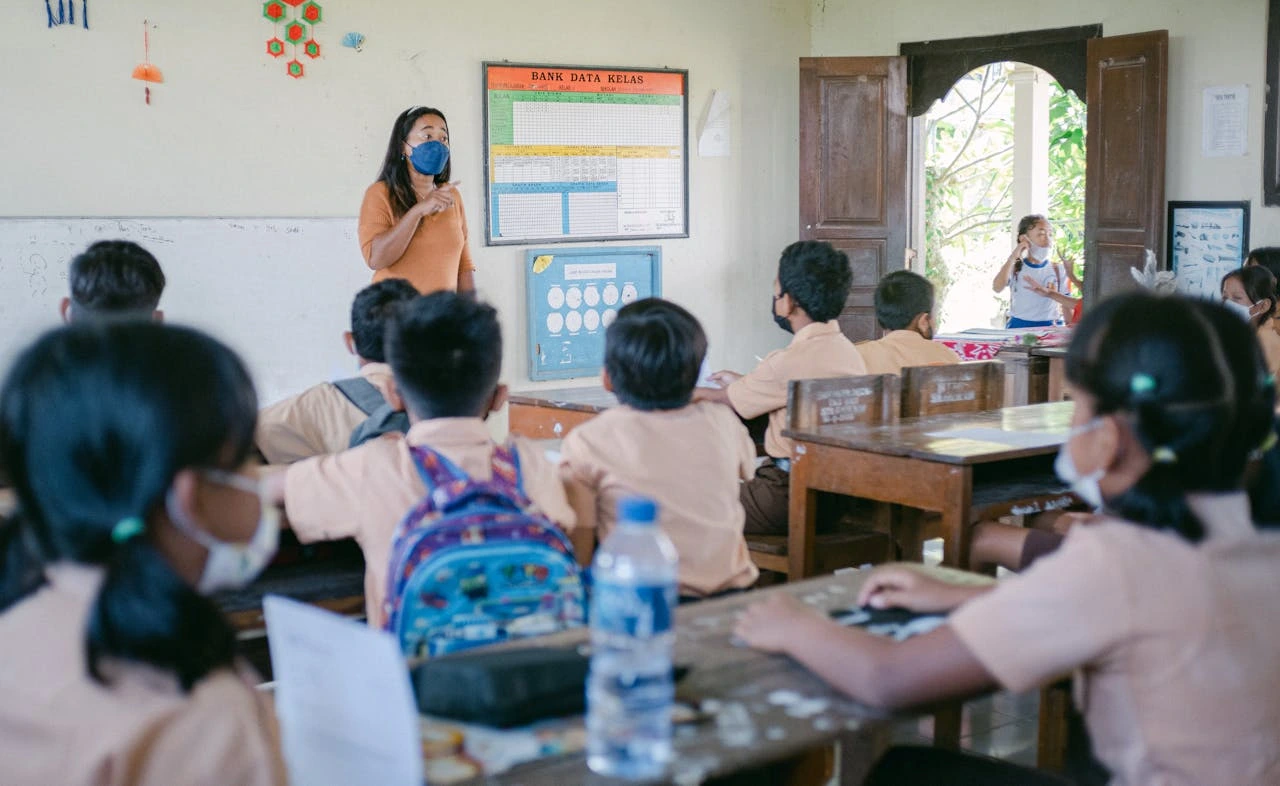
Enrollment and Other School Fees
Tuition is just one piece. When enrollment season rolls around, expect to encounter:
- Processing / application / matriculation fees
- Development / infrastructure / capital fees
- Technology / e-learning fees
- Assessment, exam, or evaluation fees
- Library, lab, and science fees
- Miscellaneous / school governance fees
These can collectively add thousands (or tens of thousands) to the bottom line.
Supplies and Uniforms
These are the “invisible drips” that chip away at your budget:
- Books, workbooks, notebooks, journals: ₱5,000–15,000 or more per year.
- School-specific uniforms / PE attire / logo apparel
- Shoes, socks, school bags
- Gadgets and devices: Laptops or tablets increasingly expected.
Transportation and Daily Allowance
These everyday costs often surprise parents:
- School service / shuttle / van charges: Sometimes rival tuition itself.
- Daily commute (public transport / fuel / driver)
- Food / snacks / allowance: Even ₱50–100 daily adds up over 200 school days.
Extracurricular Activities
These are fun and enriching, but often carry weighty price tags:
- Sports / team uniforms / coaching
- Clubs / arts / music
- Field trips / retreats / immersion
- Projects / competitions
When your child is active, these extras can sometimes equal or exceed tuition in a given year.
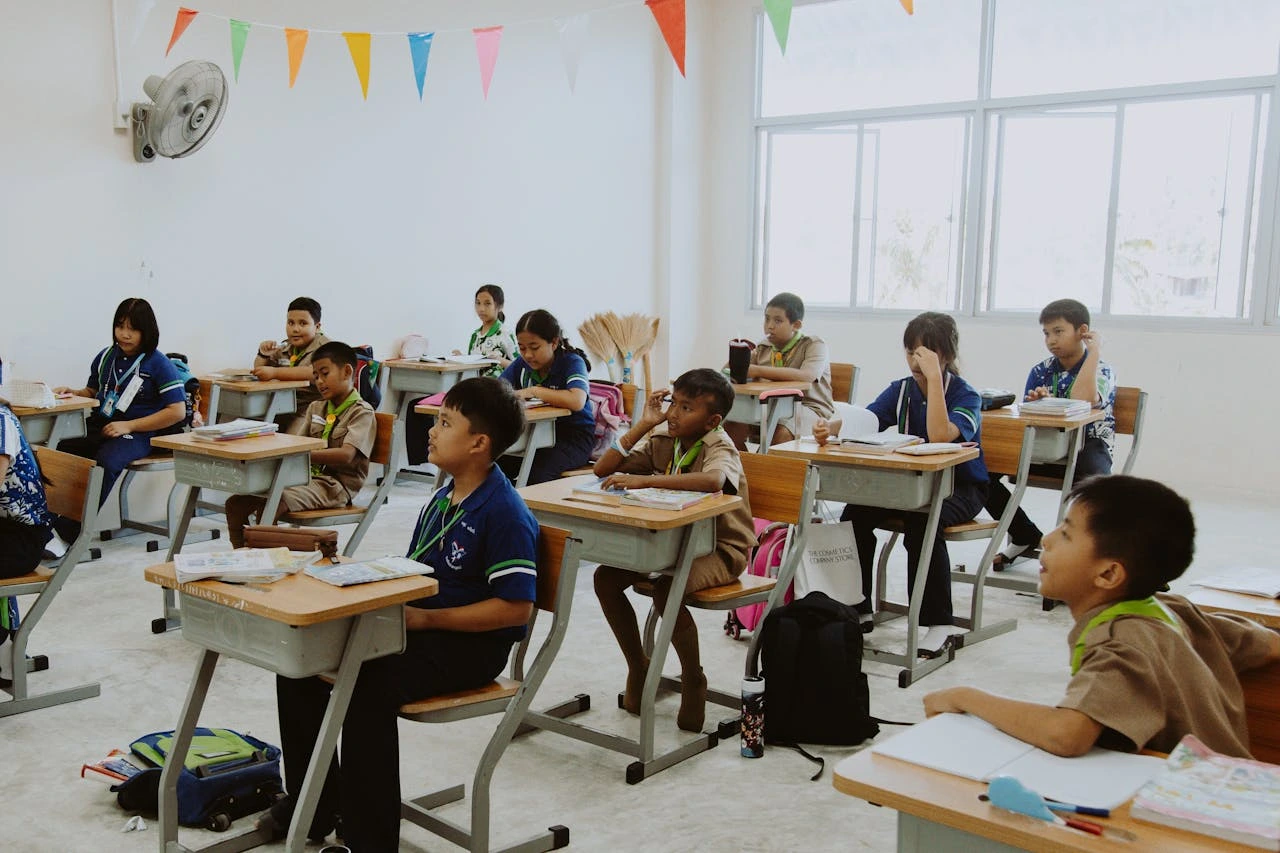
Private vs Public School Expenses (2025)
Private schooling makes sense when:
- The quality gap is significant.
- Networking or prestige matters.
- Special programs (IB, international curriculum) are only available in private schools.
- Parents can finance it responsibly.
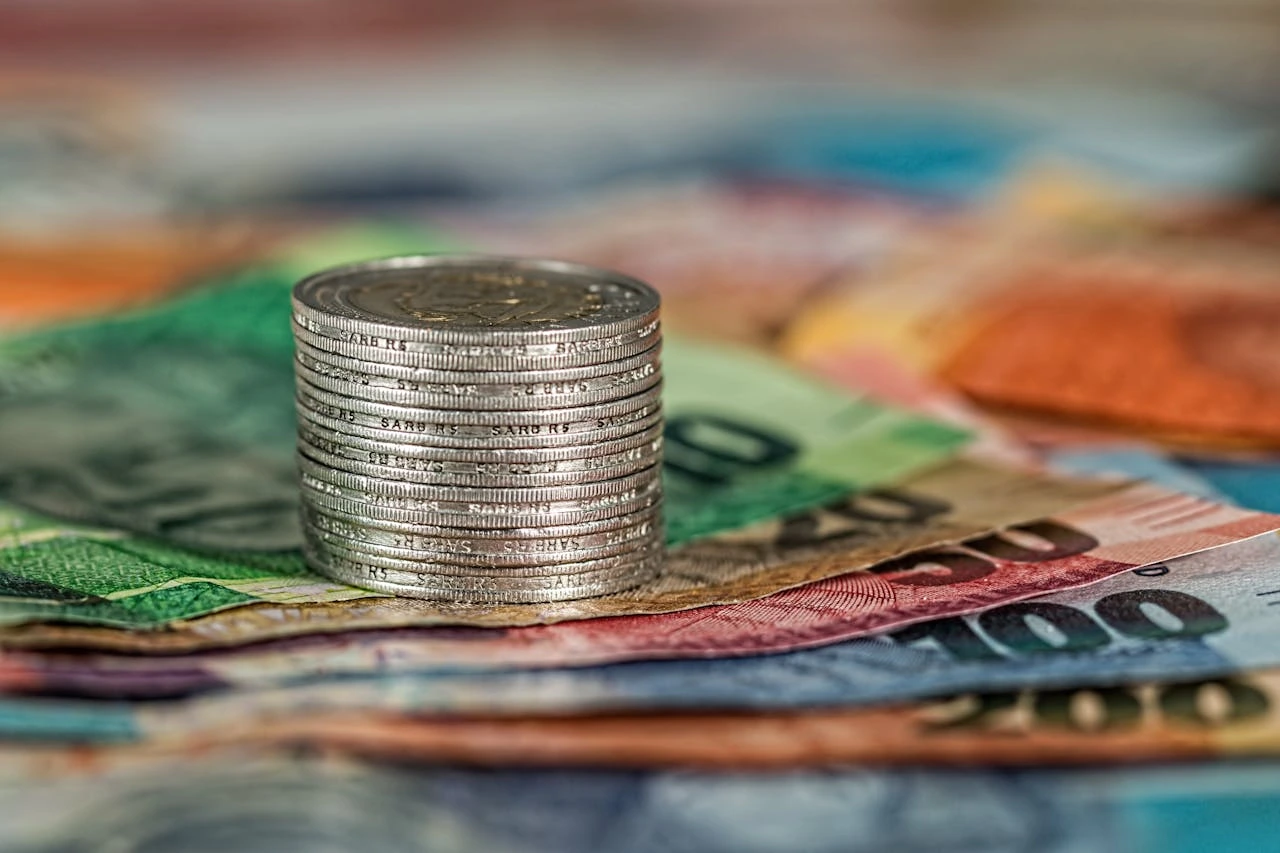
Financing Options for Parents
You don’t have to face this burden alone. Here are strategies and tools to help:
Budgeting & Planning Tips
- Start early: Treat school as a recurring annual cost.
- Segment budgets: Tuition, supplies, transport, extra.
- Look for discounts: Early bird, sibling, or lump-sum payment discounts.
- Use secondhand when possible: Preloved books and uniforms cut costs.
- Keep an emergency buffer: To avoid debt traps.
Education Loans, Installments & Credit Options
- SSS Educational Assistance Loan (EALP): Up to ₱20,000 per semester, repayment starts after graduation. (pia.gov.ph)
- Bank or lender education loans: Broader coverage, higher limits, but typically with higher interest than government options.
- School installment plans: Spread tuition across monthly or quarterly payments.
- Personal loan: Some parents take out a personal loan to cover tuition and school-related gaps. It works best when structured with fixed repayment schedules, so you don’t risk ballooning costs.
- Credit card (installments): A credit card can help if your school accepts it for tuition, especially if you convert payments to 0% installment plans. Just be careful—interest charges on unpaid balances add up quickly.
Scholarships or grants: Many private schools offer aid or discounts.

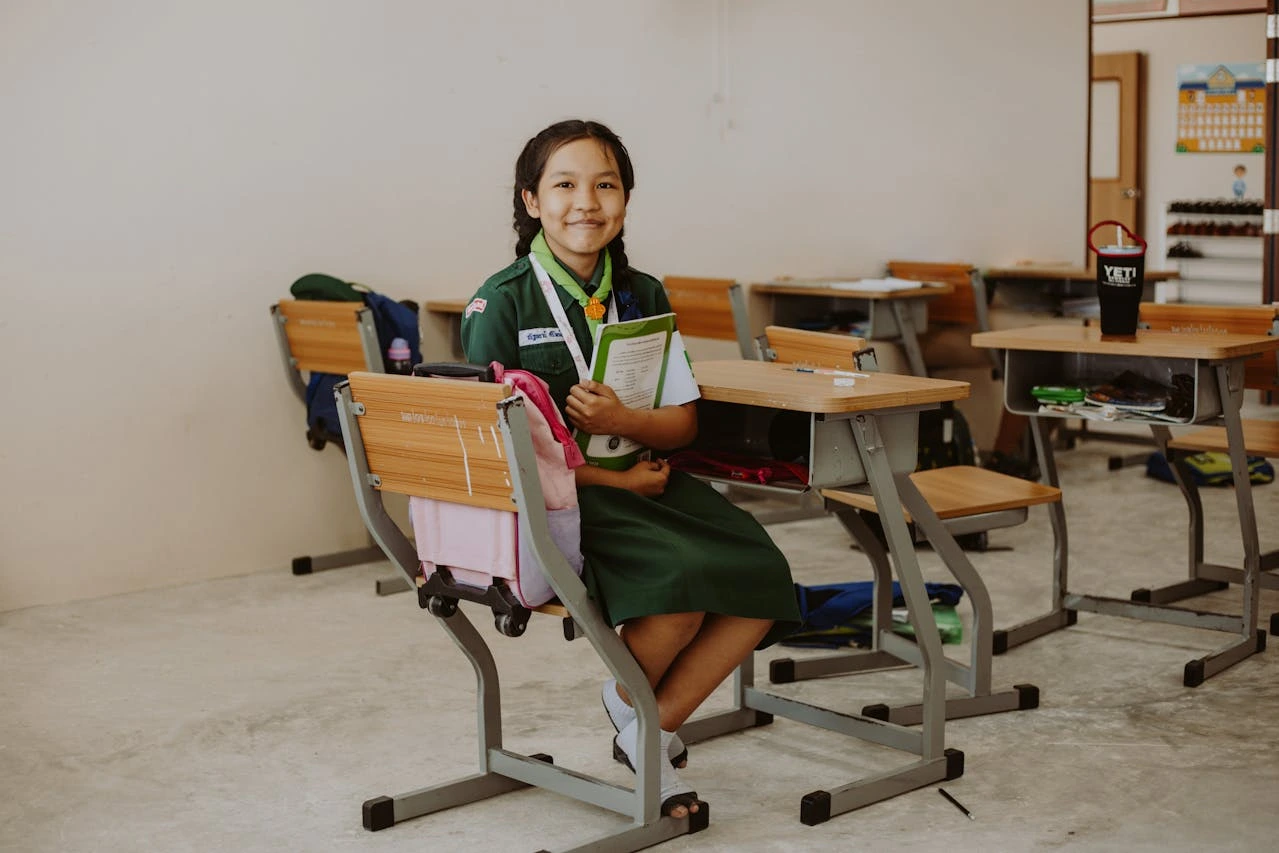
Conclusion
The Real Picture
If tuition is just the tip of the iceberg, then the rest of the iceberg (fees, uniforms, transport, extras) is often hidden—yet capable of swamping a family budget. For 2025, many parents may find themselves scrambling at sem break to cover surprise fees or expenses they forgot.
That’s why planning ahead is vital. Start your budgeting, anticipate the hidden costs, and choose financing tools smartly. For parents who want a clearer, central view of their education financial commitments (from tuition to allowances to loans), Finmerkado offers tools to track, forecast, and manage school spending. With a platform like that, you can see the full cost under one roof—no surprises.
References
- Philstar – Several private schools hiking tuition this year (2025)
- OED Philippines – Cost of Education in the Philippines
- APEC Schools – The Cost of Private Education
- Brent International School – Fees 2025–2026 (International Schools Database)
- DepEd Dasmariñas – Tuition Fee Increase Application Process
- Reddit Cebu Parent Thread – Private School & Service Costs
- PIA – SSS Educational Loan for College Self-Supporting Students
- Assistance.ph – SSS Educational Assistance Loan Program
Frequently Asked Questions
Mid-tier private schools: ₱30,000–₱100,000+ per year. Premium schools: ₱150,000+ and up.
Inflation, rising salaries, utilities, technology upgrades, and campus improvements.
Development fees, lab/library fees, uniforms, supplies, extracurriculars, transport, and allowance.
It mainly covers college tuition/miscellaneous fees. For basic education, parents may turn to personal loans or school installment plans.
It depends. If the quality gap, facilities, or programs are meaningful to your family, and financing is manageable, private schooling may be worthwhile.
RCBC Gold Mastercard

- Earn flexible non-expiring Rewards Points from all your purchases
- Enjoy complimentary travel insurance and purchase protection on all your trips
- Free budget monitoring tools to help organize your finances
- Convenient and rewarding bills payment
- Ideal for savvy spenders and travelers
Metrobank World Mastercard

- Exclusive welcome gift for New-to-Metrobank credit cardholders until July 31, 2024
- 1 air mile per ₱17 foreign currency spend
- 1 air mile per ₱50 spend on other categories
- Up to 50% OFF on deals here and abroad
- Complimentary two global lounge passes per year
- FREE FOR LIFE annual fee for two supplementary cards
- Ideal for world explorers
BPI Edge Card

- Earn one 1 rewards point for every ₱50 spend
- Enjoy flexible installment plans and payment options
- One of the lowest forex conversion rates at 1.85%
- Enjoy deals and discounts all year round from BPI
- Ideal for young professionals who want to experience more out of life
BDO Unibank Personal Loan
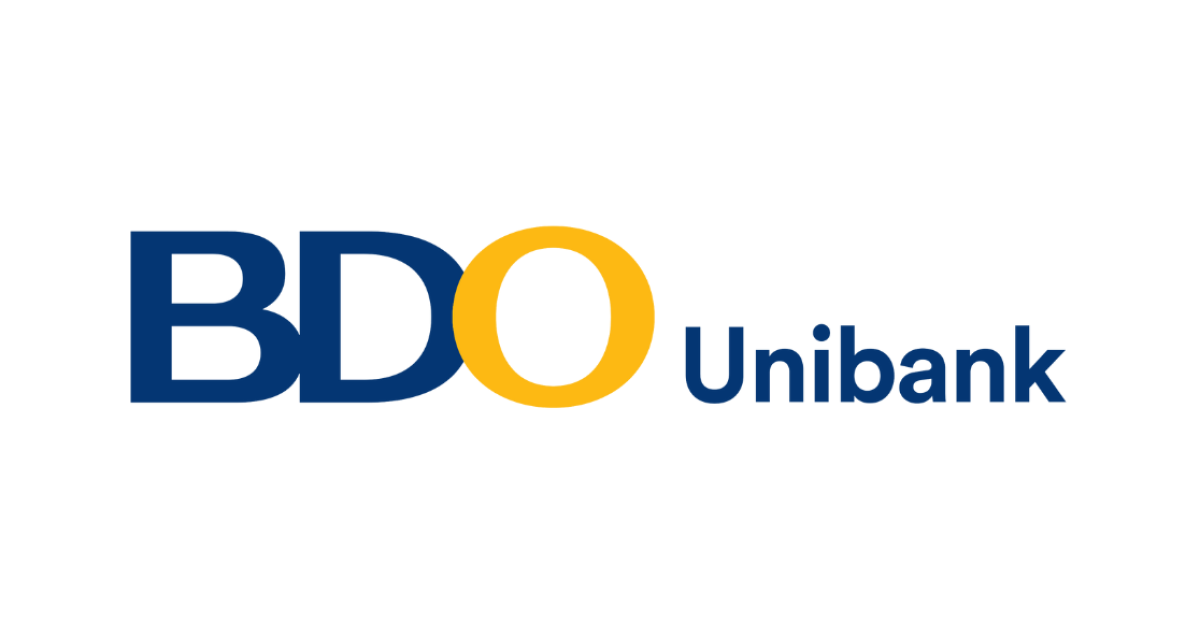
BDO Unibank’s Personal Loan offers unsecured financing of up to ₱2 million with a fully digital or branch-assisted application process. It’s an accessible cash option for immediate needs like debt consolidation, travel, events, and other lifestyle expenses. With competitive rates starting at 0.98% monthly add-on and flexible repayment up to 36 months, it’s a solid choice for salaried and self-employed individuals.
Maya Personal Loan

Want a personal loan that’s 100% mobile and super convenient? The Maya Personal Loan is built for the digital lifestyle, no paperwork, no long lines. With just your Maya app, you can apply, get approved, and manage your loan. Whether it’s for bills, tuition, or a financial cushion, Maya’s fully digital loan service puts speed and flexibility right in your hands.
PNB Personal Loan
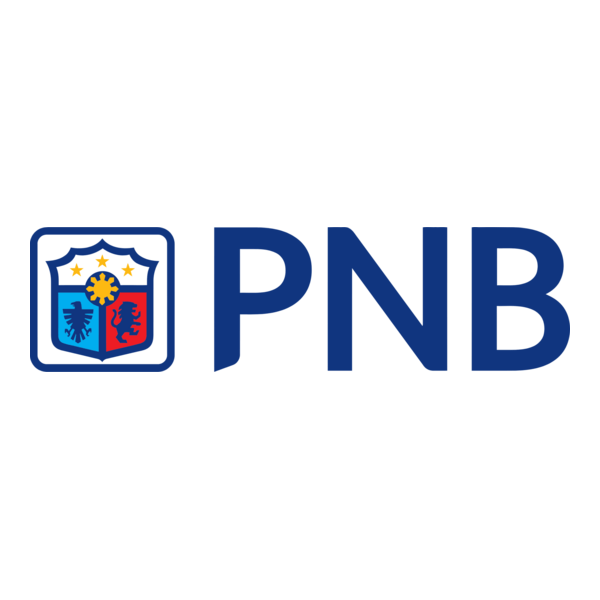
The PNB Personal Loan offers unsecured, flexible financing of up to ₱2 million with low introductory add‑on interest rates starting at around 1% monthly. This translates into a starting APR around 12%, though actual rates can vary depending on borrower risk profile and loan tenure. With repayment terms from 3 to 60 months, it’s ideal for personal goals such as renovation, events, education, or debt consolidation. Fully digital or branch‑assisted application options make it accessible and convenient.



